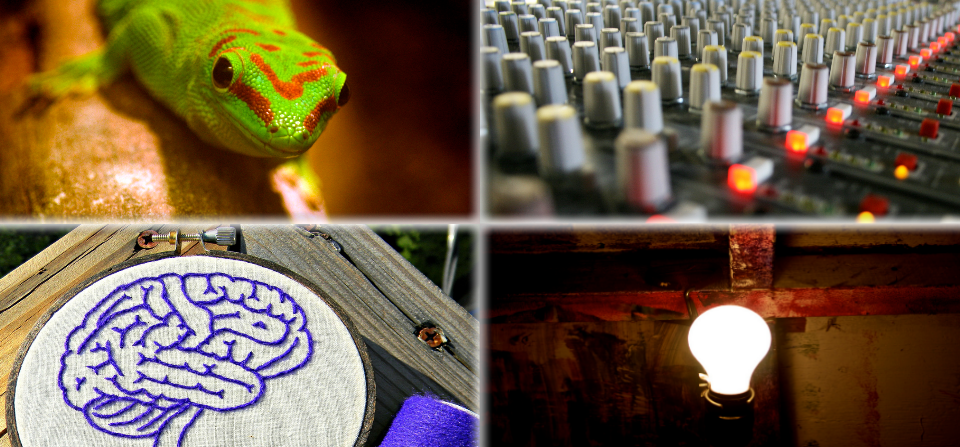Tools
Design by Analogy to Nature Engine
About
Biologically inspired design, a kind of design by analogy, requires that engineers understand complex biological systems as analogues for design. A number of typical characteristics make biologically inspired design an especially interesting problem to study. (1) By definition, biologically inspired design is based on analogies requiring expertise across two disparate domains (e.g. architecture and biology), and thus is inherently interdisciplinary. (2) Since the objects, relations and processes across domains are very different, design collaborators speak from different lexicons. (3) Since biologists in general seek to understand the functions of designs occurring in nature whereas designers generally seek to generate designs for human needs, they use different methods of investigation and have different perspectives on design. (4) The resources, such as materials and processes, available in nature to realize an abstract design concept are very different from the resources available in the human domain.
Despite many pioneering and valiant efforts, the fact is that at present there is no science of biologically inspired design, and its practice remains scattered, empirical, and ad hoc. This raises many basic questions such as: How do biologists and engineers work together in teams? How do they generate new design ideas? How do they understand biological systems? What external knowledge representations of biological systems may help deepen their understanding? What should we teach in courses on biologically inspired design and how should we teach it? While these questions are critical to developing a science of biologically inspired design, they also provide a great opportunity to explore fundamental questions about cognition.
Image Credit:
The “Biologically-Inspired Design Project Banner” image on our website incorporates the following works. All of these listed works are licensed under Creative Commons CC BY 2.0:
- “Anatomy of the Brain Embroidery” by Hey Paul Studios at http://www.flickr.com/photos/45257015@N03/7251295354
- “tree house lightbulb” by Thomas Hammer at http://www.flickr.com/photos/56732041@N06/8004804680
- “Project 365 #44: 130209 A Bit of a Mix Up” by comedy_nose at http://www.fotopedia.com/items/flickr-3276362047
- “Greenday gecko” by Rene Mensen at http://www.flickr.com/photos/44206268@N07/8212301132


